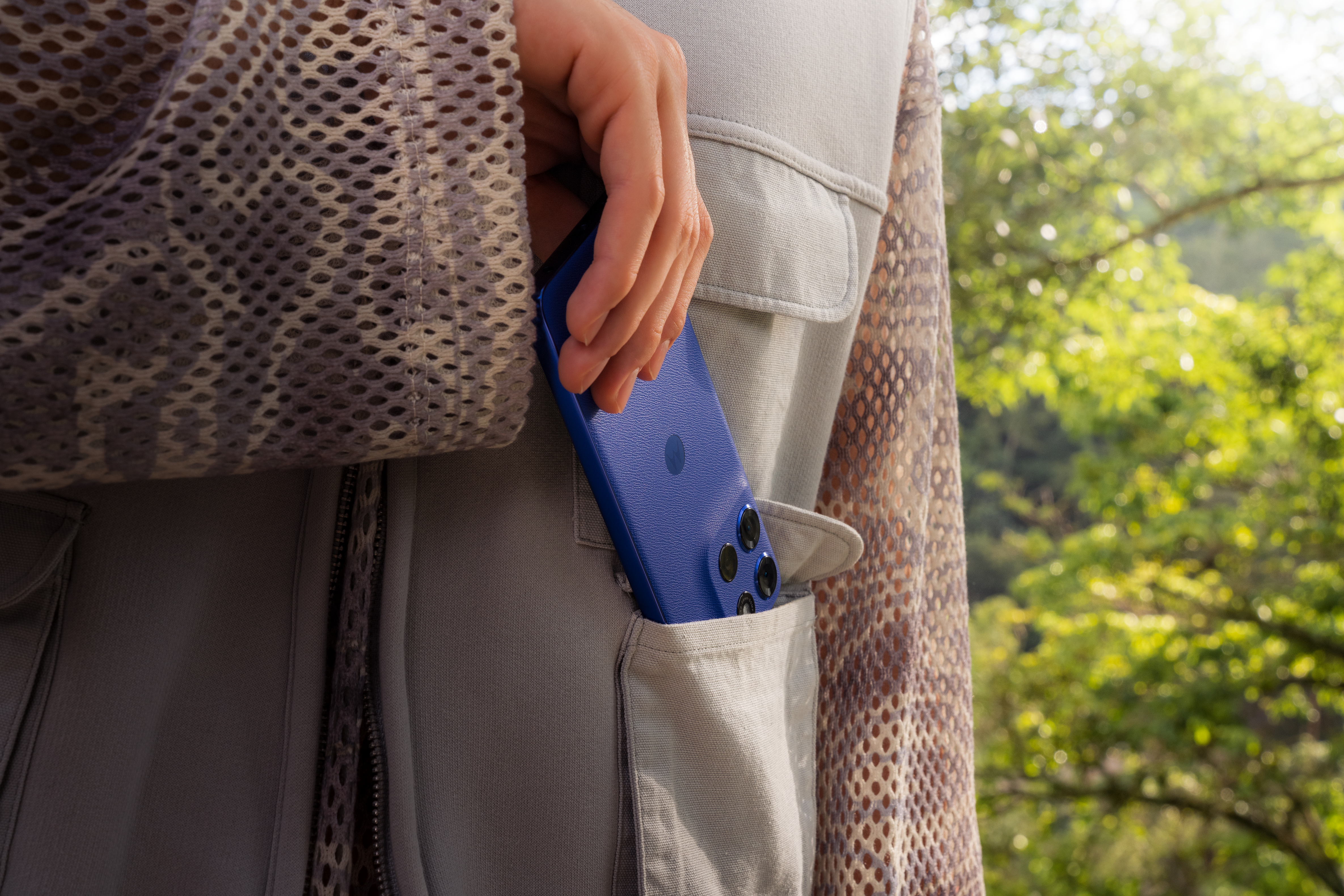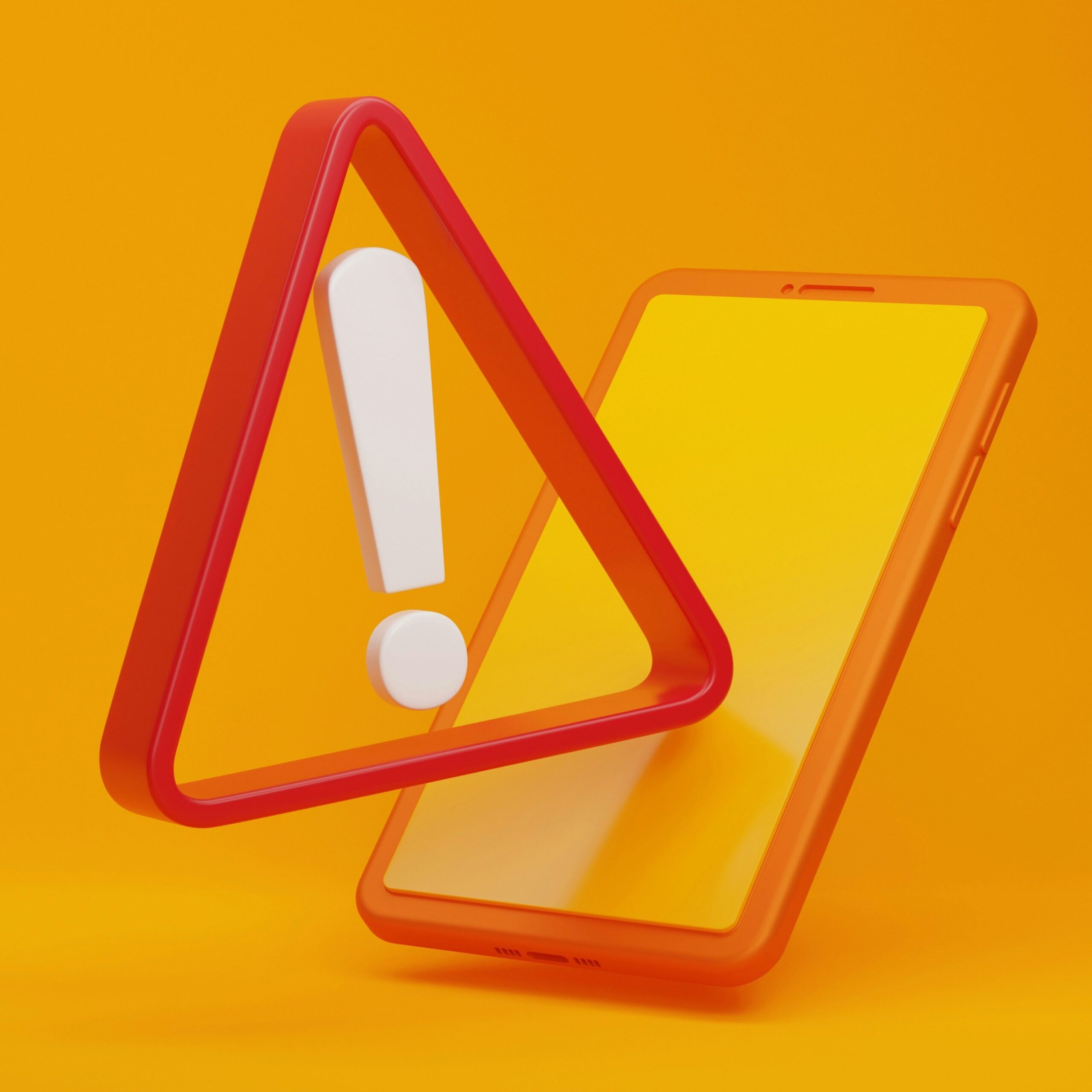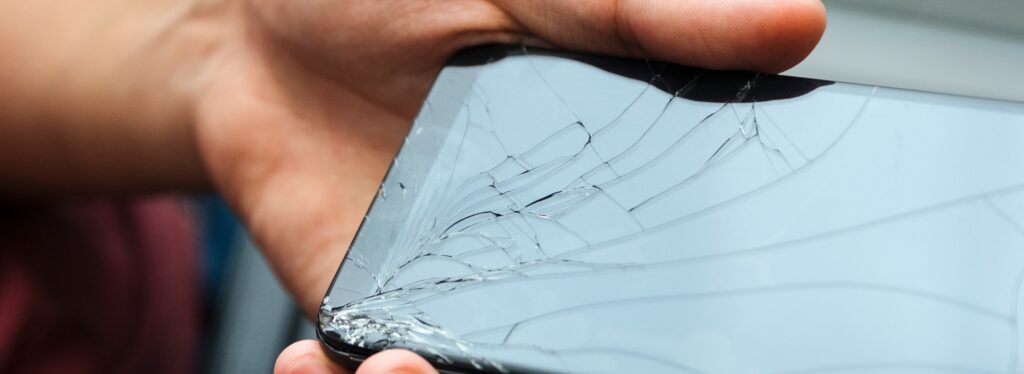
Why Does My Phone Overheat, and What Might Help?
Your smartphone overheating is something you may have noticed in a hotter climate or when you’ve been using it continuously for a period of time. You may feel the back of the handset getting a little warmer than it should. You may even receive a warning message that your smartphone is starting to reach an excessive temperature.

What causes a smartphone to overheat?
You could find your phone overheating for a host of reasons, and working this out could require a process of elimination. Smartphones are complex and it’s not unusual for us to put them through their paces.
Some of the more common reasons for your smartphone overheating include:
- Downloading large files
- Being left in direct sunlight for a prolonged time
- Playing games for extended periods
- Streaming extensive live TV or movies
- Malware
- Running too many apps at once
- Overcharging with incorrect chargers
Downloading large files
If you decide to download a film or a particularly large game, your smartphone will put in significant work to ensure that file is transferred properly to your device. It not only has to pull the data from its source, but it also must install it on your smartphone. This means the battery, your internet connection and the processors will all be working overtime. In short bursts, the demand is relatively small. However, with larger files, a lot of time and effort is demanded from your device.
Direct sunlight
If you keep your device exposed to hot temperatures, it will inevitably heat up. The glass screen and metallic components that make up the smartphone are especially susceptible to heat damage if left in the sun for too long.
Playing games or watching content for long periods
Your smartphone needs to handle a lot of data when you play a game, or watch downloaded or streamed content. The processes it works through to deliver the required results can put excessive demand on the CPU.
Malware
Smartphones allow third-party apps and features to be installed and occasionally, these come with malware. Once that malware is inside your smartphone it can cause multiple problems, including your phone overheating. The core risk here is that overheating may only be one part of the problem that the malware has infected your smartphone with.
Running too many apps at once
Every time you open an app, the battery, the RAM and the processor begin their work to provide the information you’re looking to access. If multiple apps are left open, those parts of your phone essentially work overtime to ensure each app is still running properly.
This could make your smartphone heat up. Closing the apps you aren’t using will help to decrease any overheating risk, and ensure that your device functions as it should.
Using incorrect chargers
You may be tempted by a cheaper charger from a different manufacturer, but the initial cost saving could mean additional expense later. Some of these lower quality chargers might get your phone to 100% battery faster, but if they are not compatible with your phone or they send too much power into the handset, this could result in overheating.

What are the risks to my smartphone if it overheats?
Having your smartphone overheat can cause several problems, which could impact its functionality.
Typically, your smartphone should work fine between 0-35 °C – any hotter and you might start to see issues. Below are some of the problems you could face if your device becomes damaged by overheating:
- Data loss
- Reduced performance
- Battery degradation
- Melting of essential parts
- Forced shutdowns
- Reduced lifespan
In the worst (but rare cases), your phone could even combust.
How can I stop my smartphone from overheating?
Try out the following tips, and you can help to ensure that your device continues to work at capacity for the duration of its lifespan.
Remove the case
If your smartphone is getting a little warm, you could remove the case for a while. This will release any trapped heat between the case and the smartphone and allow air to circulate the handset more freely.
Reduce the screen brightness
Having the screen brightness turned up to the maximum for prolonged periods can put additional strain on the processor, which in turn generates heat. Lower the brightness in order to help cool your device down.
Turn off Bluetooth
Having Bluetooth switched on when it isn’t needed means that your smartphone is constantly searching for a connection. This unnecessary work will put your smartphone through additional processes it doesn’t need to carry out at that time. You could consider switching Bluetooth on only when you need it.
Keep your smartphone out of direct sunlight or away from heat
It can be easy to forget about your smartphone when you’re outdoors somewhere warm for extended periods. However, when the temperature is particularly high, your smartphone will begin to heat up if in direct sunlight. Consider keeping your smartphone out of direct sunshine to avoid any potential issues.
Keep app updates turned on
Occasionally, an app or a feature on your smartphone needs an update. Some are complete app overhauls, whereas others are simple background fixes that improve the running of the device or a specific app. It’s these that can prevent your smartphone from overheating – bug fixes often make sure your smartphone runs more efficiently. Not updating means that you’ll be running an old, less efficient version which could cause your smartphone to overheat. For peace of mind, keep on top of updates.
Delete unused apps and files
Consider deleting apps that you no longer use to avoid potential overheating. An old app is still likely to be running in the background and using up valuable processing power, alongside all the other features on your phone.
Charge your phone on a cool surface
Heat needs to escape from a smartphone whilst it charges, so if it’s left on a bed or pillow to charge overnight, less heat is released. This can then make your smartphone get hot very quickly. Avoid these risks by charging your phone safely on a cool surface.
Switch your phone off
Shutting down your phone completely, even if just for half an hour, allows its components to properly cool down before you restart your device.

The above advice should help to keep your phone cool, and avoid any potential issues with overheating. If you are still encountering issues with your device, why not browse our collection of cutting-edge smartphones? Our motorola razr 50 ultra, for example, harnesses the best in style as a flip phone, combining this with a 50 MP main camera and 4K UHD video capture. With a speedy TurboPower™ charger included, you won’t need to worry about a poor-quality charging device leading to overheating either.


